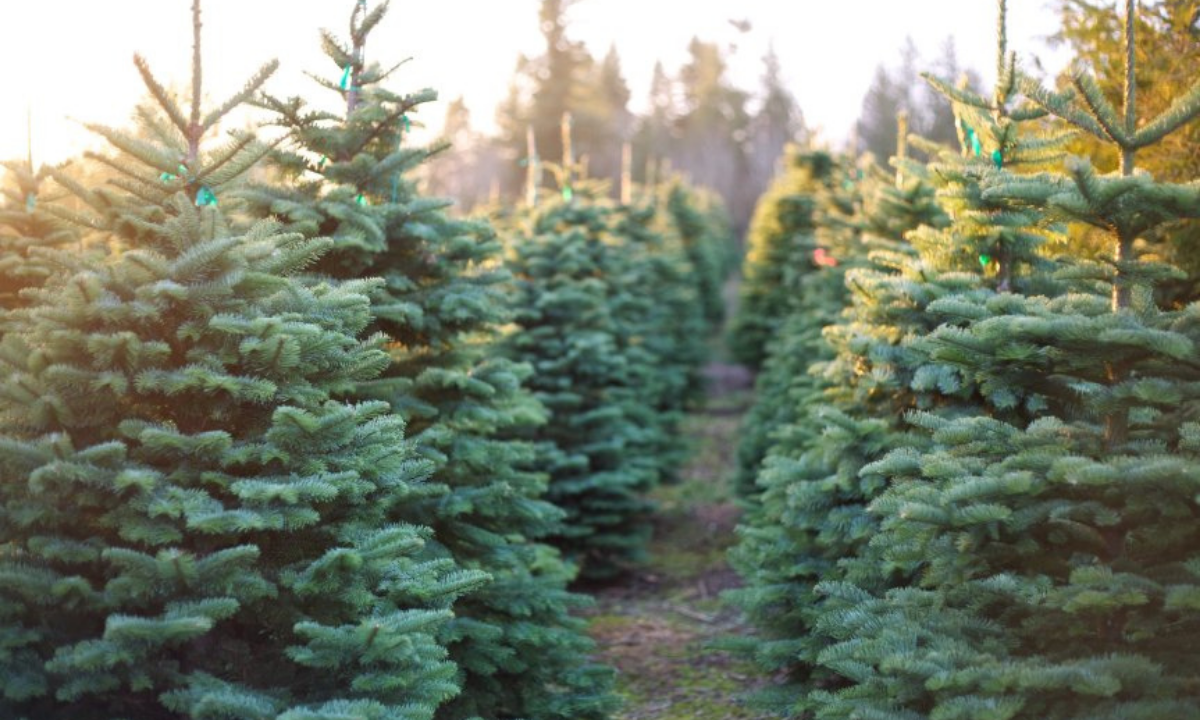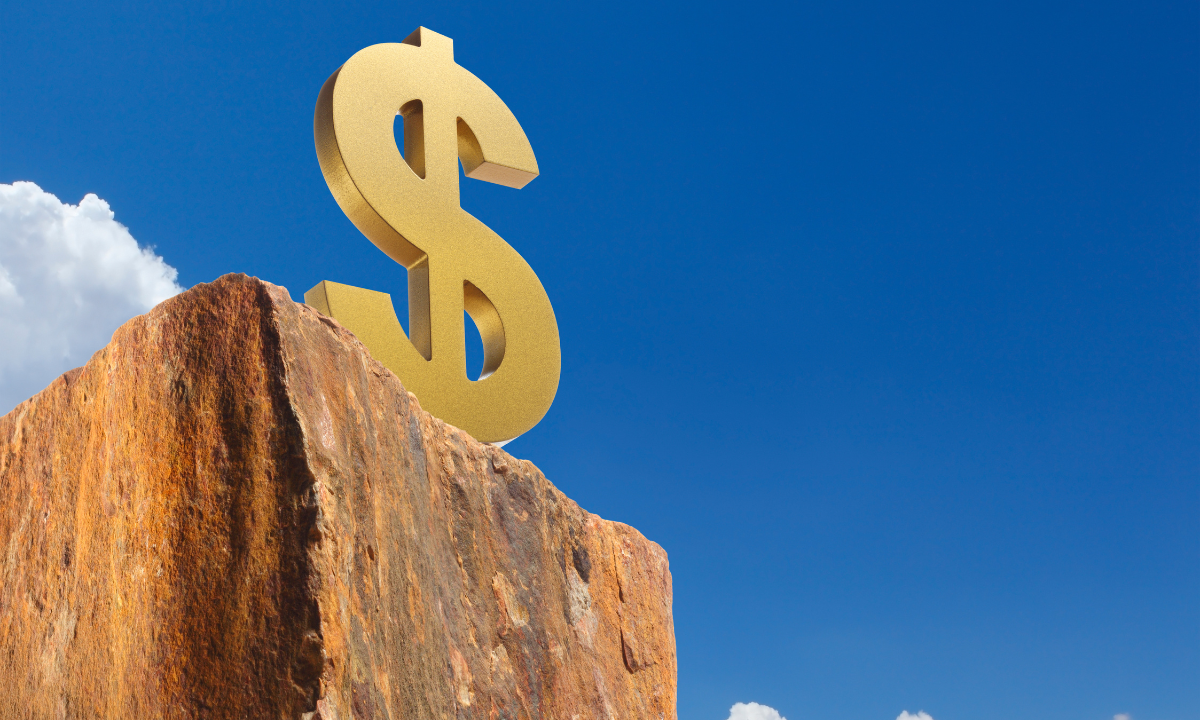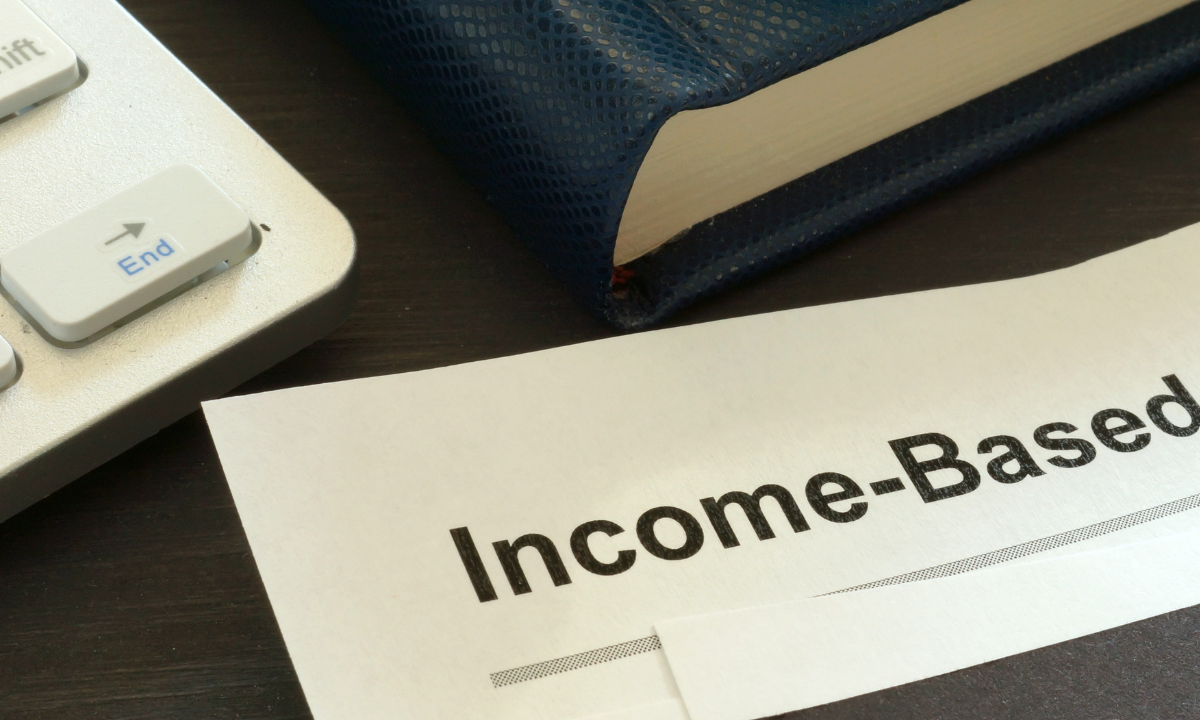Written by William Hale
The on-going supply chain crisis has been a unique challenge for the Biden administration, and with delays at the nation’s largest port of Los Angeles, Californians should expect to pay higher prices for their family Christmas tree. The White House released a statement on October 13th regarding the supply bottlenecks, but almost a month later experts don’t expect this crisis to resolve anytime soon. The ports of Los Angeles and Long Beach account for 40% of all U.S. shipping containers, and approximately 75% of the west coast’s market share for all goods.
Jami Warner, the executive director of the American Christmas Tree Association noted that retailers across the country should expect “reduced supply and increased price challenges” for artificial trees this year. With many fake trees remaining stuck off the Pacific Coast, residents looking to acquire a real tree will also face higher prices and a reduced supply for entirely different reasons.
Reduced Christmas tree growth partially stems from the Great Recession of 2008. Since a decade needs to pass in order for a tree to fully grow, many growers cutback on growing trees. Marsha Gray of the Christmas Tree Promotion Board said that “It was hard to put money in the ground then when you won’t get it out for 10 years.”
In addition to the lack of artificial trees due to the supply chain crisis, and the shortage in growth of natural trees resulting from 2008, the state of Oregon lost 10-20% of its trees from various wildfires. Last year, Oregon’s Christmas tree growers cut and sold 3.44 million trees. That is a 27% decrease from 2015.
Perhaps paying more for Christmas trees this year will be an unpredicted extra cost for Americans, but unfortunately, dealing with inflated prices may become the norm for consumers in the foreseeable future.
Photo Cred: Getty Images




